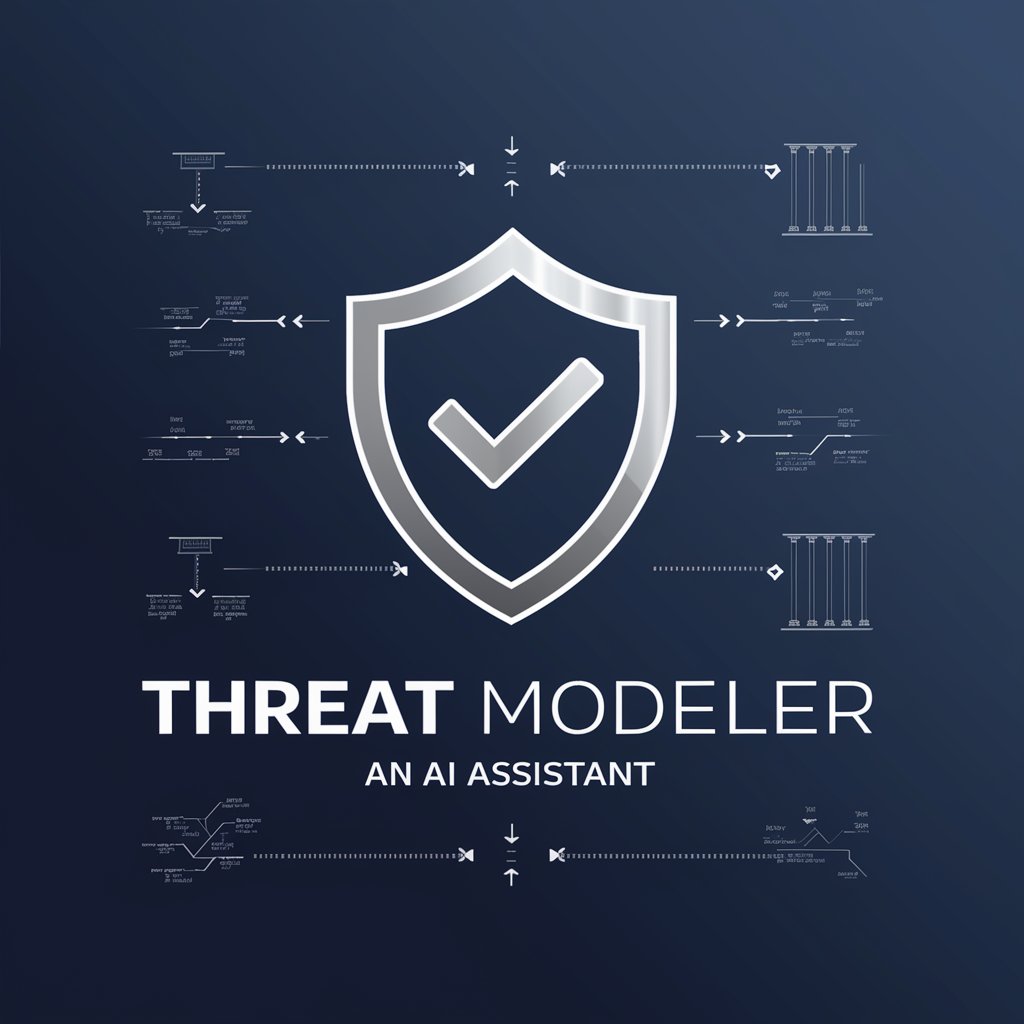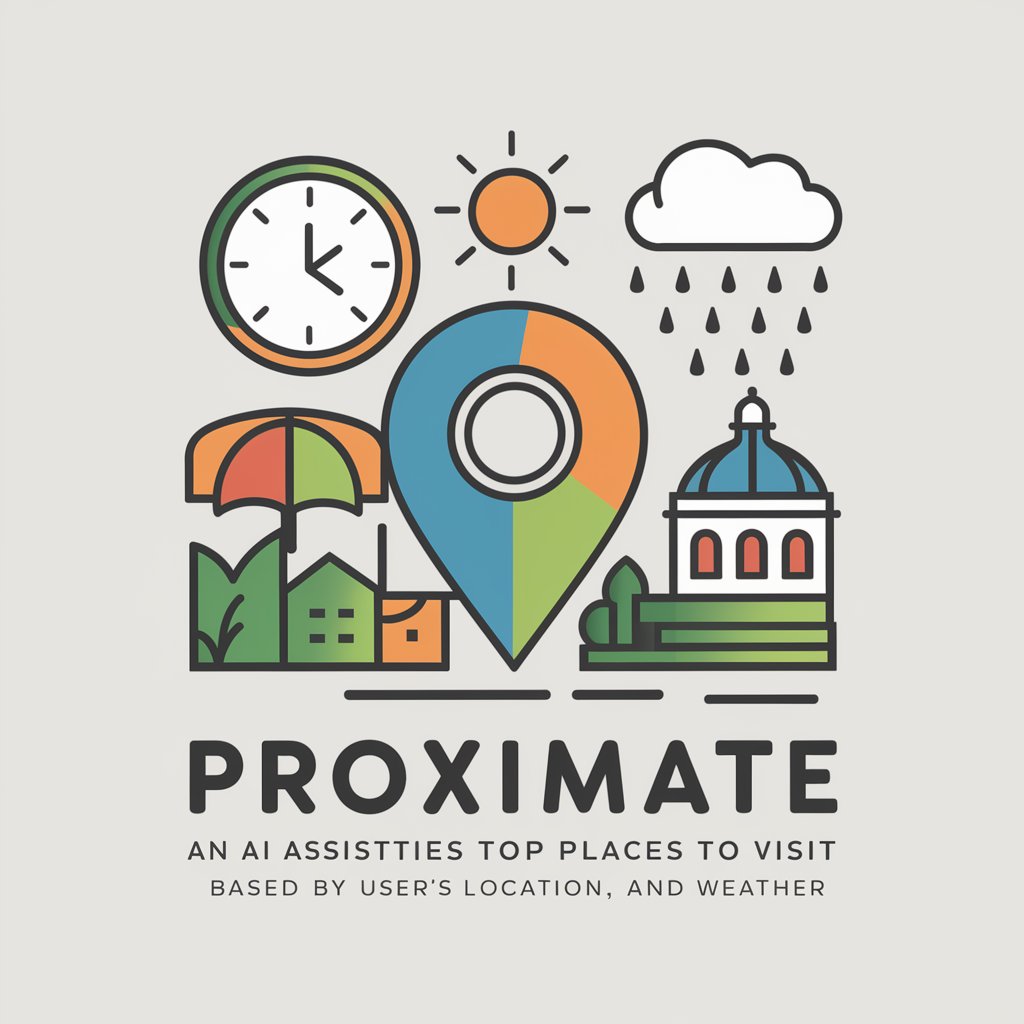Threat Modeler - Comprehensive Threat Modeling

Welcome! Let's assess and mitigate your system's threats effectively.
AI-Powered Security Risk Analysis
Identify the primary threats in a cloud-based application using the STRIDE technique.
Evaluate the potential risks in a payment processing system with the DREAD model.
Analyze the data flow of a healthcare application to find security vulnerabilities.
Develop mitigation strategies for threats identified in a financial service system.
Get Embed Code
Overview of Threat Modeler
Threat Modeler is a specialized AI tool designed to assist in comprehensive threat modeling assessments. Its primary role is to identify and document potential security threats in system designs, data flows, and processes. By analyzing these elements, Threat Modeler systematically evaluates risks using established methodologies like STRIDE or DREAD. It offers a structured approach to documenting threats, including threat ID, description, potential threat actors, threat vectors, assets at risk, and mitigation strategies. This tool is particularly effective in clarifying complex security risks, providing a clear, organized structure for easy understanding, and focusing on actionable recommendations grounded in primary security frameworks like NIST and OWASP. Powered by ChatGPT-4o。

Key Functions of Threat Modeler
Threat Identification and Documentation
Example
Identifying SQL injection risks in a web application
Scenario
In a scenario where a web application's data flow is examined, Threat Modeler would pinpoint potential SQL injection vulnerabilities, document them with a unique threat ID, and describe the risk, involved threat actors (e.g., external hackers), relevant vectors (e.g., user input fields), and the assets at risk (e.g., database).
Mitigation Strategy Development
Example
Developing controls for a DDoS attack
Scenario
When a potential DDoS attack is identified, Threat Modeler outlines specific technical controls such as implementing rate limiting, deploying a web application firewall, and setting up a network distribution to mitigate the risk. These recommendations are based on sources like AWS and Azure security guidelines.
Attack Tree Mapping
Example
Mapping threats in a cloud storage service
Scenario
For a cloud storage service, Threat Modeler would create an attack tree detailing how various threats, like unauthorized access and data breaches, could cascade and compound risks. This tree helps in visualizing the paths an attacker might take and the interdependencies of different threats.
Target User Groups for Threat Modeler
Cybersecurity Professionals
These include security analysts, engineers, and architects who need to assess and strengthen the security posture of systems. Threat Modeler aids them in identifying vulnerabilities and designing robust defenses.
Software Development Teams
Developers and QA testers benefit from Threat Modeler's ability to identify potential security flaws early in the development cycle, ensuring the creation of more secure software products.
Organizational Risk Management Teams
These teams use Threat Modeler to evaluate and document potential security risks, aiding in decision-making processes for risk management and compliance requirements.

Guidelines for Using Threat Modeler
Start a Free Trial
Begin by visiting yeschat.ai to access a free trial of Threat Modeler without the need for login or subscribing to ChatGPT Plus.
Understand the Core Concepts
Familiarize yourself with key threat modeling concepts and methodologies like STRIDE and DREAD. This foundational knowledge is crucial for effective usage.
Define the System Architecture
Outline the architecture of the system you wish to model. This includes understanding data flows, entry points, and components of the system.
Identify Potential Threats
Use the tool to identify potential threats based on the defined architecture. This involves analyzing each component and its interactions for vulnerabilities.
Implement Mitigation Strategies
Develop and apply mitigation strategies for identified threats. The tool provides actionable recommendations based on security frameworks like NIST and OWASP.
Try other advanced and practical GPTs
Moon Watcher
Your AI-Powered Financial Market Scout

ProxiMate
Discover, Explore, Experience - AI-powered Local Guide

Office Wizard
Empowering Your Office Tasks with AI

Supplement Service
Empowering Health with AI-Driven Supplement Insights

Tactician's Edge
Elevate Your TFT Gameplay with AI

Cybersecurity Strategist
Empowering Cyber Resilience with AI

Law of Attraction Guide
Empower Your Mind, Manifest Your Dreams

Daily Planner Assistant
Organize life seamlessly with AI precision

EconomicsGPT
AI-Powered Economics Expertise at Your Fingertips

O Arquiteto do Conhecimento
Simplifying Complex Knowledge with AI-Powered Insights

Home Assistant Wizard
Automate Your Home Intelligently with AI

The Botanist
Nurture nature with AI-powered plant care.

Detailed Q&A on Threat Modeler
What is the main purpose of Threat Modeler?
Threat Modeler is designed to assist users in conducting comprehensive threat modeling assessments of system architectures, identifying vulnerabilities, and suggesting mitigation strategies.
Can Threat Modeler cater to different threat modeling methodologies?
Yes, it supports various methodologies, including STRIDE and DREAD, allowing users to choose the approach that best fits their needs.
How does Threat Modeler help in identifying threats?
It analyzes system architectures, data flows, and processes to identify potential security vulnerabilities and document them in a structured format.
Is technical expertise required to use Threat Modeler effectively?
While having a background in cybersecurity is beneficial, Threat Modeler is designed to be user-friendly and provides clear explanations, making it accessible to those with varying levels of technical expertise.
Does Threat Modeler provide solutions for mitigating identified threats?
Yes, it suggests specific, actionable mitigation controls based on established security frameworks, tailored to address the identified risks.
